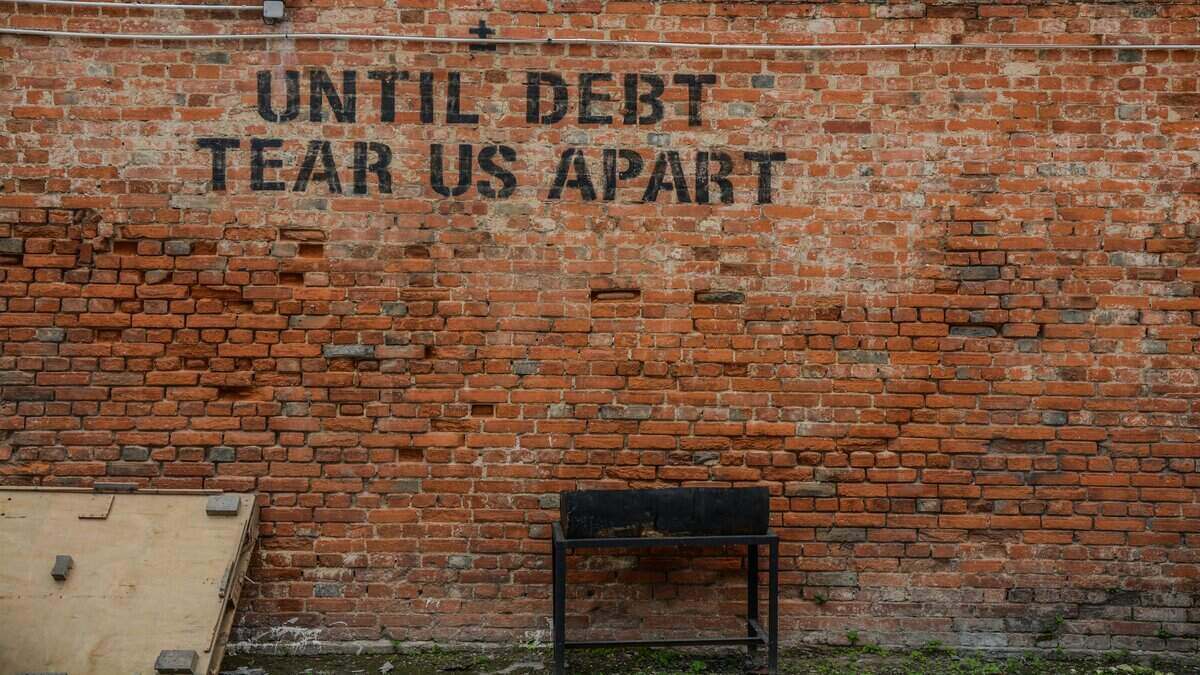This comes as the RBA expects growth in household spending to remain solid for the remainder of the year as spending on discretionary services, such as hospitality and travel, continues to rebound.
For reference, NAB’s latest spending insights data revealed that during the first four days of the Victorian Spring Racing Carnival, Victorians spent an estimated $97 million at bars, pubs and restaurants.
Further, spend at Melbourne bars and pubs on Melbourne Cup race day was up 115% on the week prior, with the number of transactions also up 135%.
The ABS currently has the household savings ratio at 8.7% - less than half the 23.6% seen in the June 2020 quarter during the heights of the COVID pandemic.
Prior to the COVID pandemic, household savings hovered at a rate of 5%, with the cash rate remaining at 1.50% before cuts began taking place.
RBA modeling revealed in November’s Statement detailed the savings ratio is expected to dip well-below the rate of 5% in the next 18 months.
PRD Chief Economist Dr Asti Mardiasmo revealed while savings buffers may be heading towards the usual 5.0% that they were in the years pre-COVID, in recent times household savings have taken a significant hit.
“This suggests that Australians are dipping into their reserves to be able to adjust to the higher cost of living, and will potentially keep on doing so to be able to afford Christmas and New Year,” Dr Mardiasmo told Savings.com.au.
“Either that or we will start to see a slower retail trade and Christmas activity, which I would say is somewhat unlikely given that this is the first proper post-pandemic Christmas that we’ve had.”
In its November statement, the RBA noted while many households have built up savings buffers during the pandemic, if households are more willing to spend from these liquid savings than from other forms of wealth, spending could also be stronger than anticipated for a time.
Dr Mardiasmo said with wages and earnings stagnating alongside inflation now predicted to reach even higher than 8.0%, the outlook is bleak.
“The imbalance will continue to grow, relating back to household savings going down even further as we go through the Christmas and New Year period,” she said.
Will the cost of living Grinch steal Christmas?
Roy Morgan data published last month revealed Aussies are expected to continue to open their wallets, forecast to spend $63.9 billion in the pre-Christmas sales period from 14 November to 24 December.
This marks an increase of 3% on the year prior, despite NAB's latest Consumer Sentiment Survey revealing Aussies are expected to spend an extra $59 a week on groceries, $35 more a week on fuel, and $76 more on gas, electricity, and water bills in wake of higher inflation.
The Roy Morgan data revealed South Australia is set to record the largest growth in sales from 2021, up 6.6%, followed by the Northern Territory, up 6.5%.
Consumers in New South Wales are forecast to spend nearly $20 billion in the pre-Christmas sales, up 3.1% on 2021, with Victorians to fork out $16.5 billion, up 0.8%, and Queenslanders $13.3 billion, up 4.6%.
Australian Retailers Association CEO Paul Zahra said forecasts point to upbeat trading conditions in the run up to Christmas.
“Retail sales are running at record levels at the moment, and our forecasts show sales will remain strong for the remainder of the year,” Mr Zahra said.
“There’s a delayed lag associated with rising interest rates and inflationary pressures, so there will inevitably be a softening of sales, but it appears that won’t occur until next year.”
Image by Antoni Shkraba via Pexels



 Harrison Astbury
Harrison Astbury
 Harry O'Sullivan
Harry O'Sullivan



